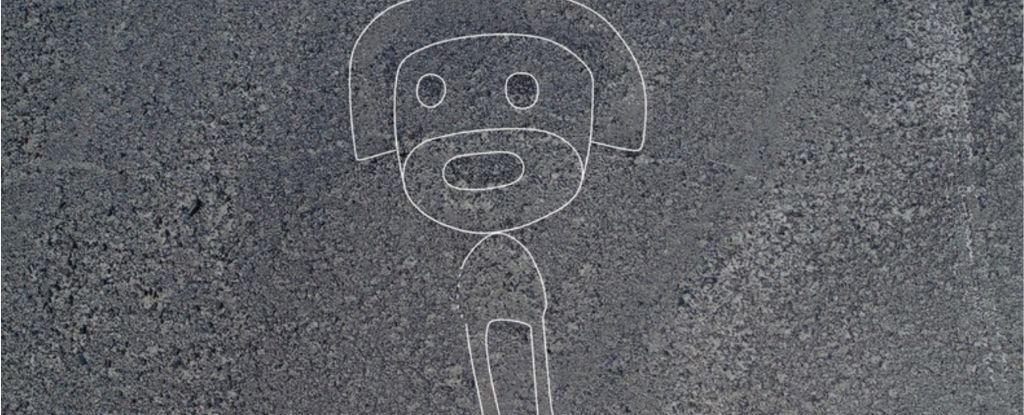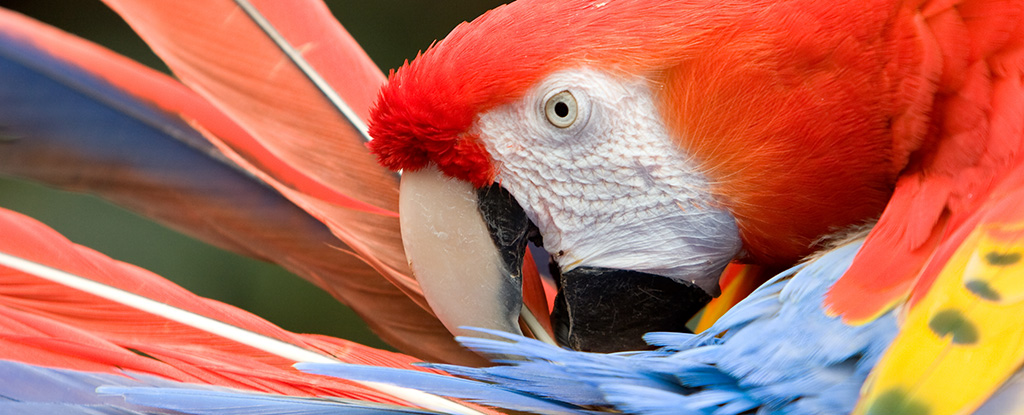The Nazca Desert in Peru is like an art gallery for the gods above. Yet even with decades of surveying from the sky, we’ve barely explored a small wing of it fading cluster of giants between the stones.
Last year an archaeologist in Peru said The guard He thought scientists had only found 5 percent of all the Nazca Lines out there in the desert. Researchers at Yamagata University in Japan are now working with local archaeologists to change that, and their latest collection of ancient lines almost doubles the number of known designs.
Drone surveys and aerial photos in southern Peru have now identified 168 new geoglyphs in the Nazca Lines World Heritagewith about 50 of these large format geographic drawings depicting humanoid figures.
One of the humanoid illustrations even appears to sport a bit of Homer Simpson-style facial hair.
Some of the other designs etched into the landscape feature birds, orcas, cats and snakes. Some are just simple lines or trapezoidal patterns.
It is difficult to say when the designs were made, but clay pots found near the lines date to between 100 BC and 100 BC. and 300 AD
Many of the old illustrations are scratched into flat terrain, making them difficult to see from nearby vantage points. Since the lines were constructed by removing rocks and rubble to reveal contrasting colored soil underneath, erosion only added to that difficulties in their discovery.
Drones have become our heavenly eyes in the sky. These craft have allowed experts to see the Nazca Lines more clearly than ever before.
Some of the information they collect is even analyzed by artificial intelligence Programs that can recognize different patterns faster and more reliably than the human eye. In 2019 a new Nazca line design was developed actually discovered by AI.
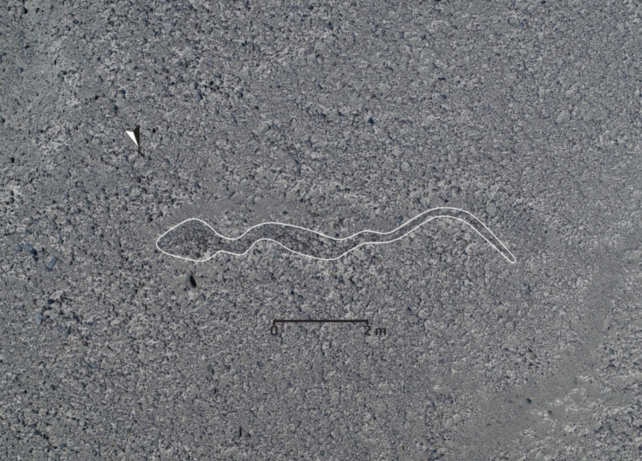
The Nazca Lines are one of history’s most intriguing mysteries, and even if archaeologists find more, that may not get us any closer to understanding its purpose.
For inexplicable reasons between 500 BC and 500 ADSocieties in southern Peru constructed simple lines, shapes, and figures across the landscape, many of which can only be seen in their entirety from above.
The lines have been interpreted in a variety of ways over the decades, but the most common explanation is that they were intended for gods in the sky looking down on humans. Another popular theory suggests These figures and patterns were drawn for ritual astronomical purposes and were intended to somehow reflect the stars.
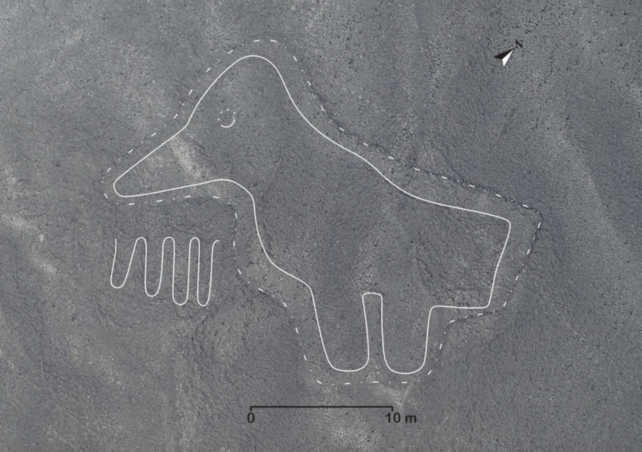
When part of the Nazca Desert was declared a World Heritage Site in 1994, only about 30 “geoglyphs” have been foundand they consisted chiefly of plants and animals.
As it turned out, that was just the tip of the iceberg. By 2019, archaeologists had found almost 200 geoglyphs in totalsome of which depicted humanoid figures.
With these latest additions discovered by Yamagata University researchers, the official number of known Nazca lines is now 358.
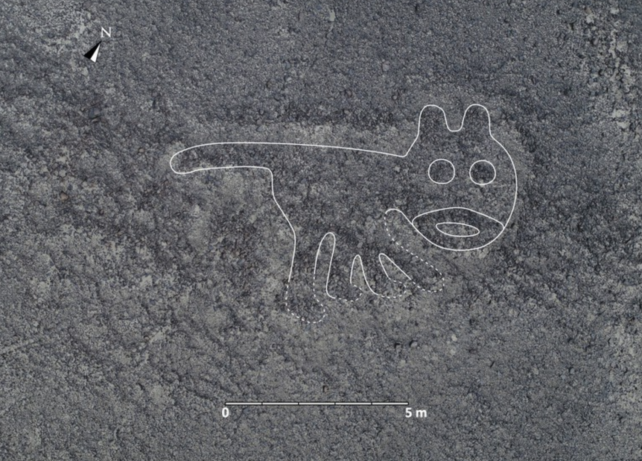
In all likelihood, there are many more ancient works of art hiding out there in the desert.
With permission from the Peruvian Ministry of Culture, Yamagata scientists set out to count as many of these mysterious designs as possible. The team plans to map the entire length and width of the desert canvas with the help of local archaeologists.


